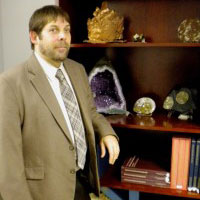
INSTRUCTOR: James J. Willis, PhD
DISCIPLINE: Geoscience
COURSE LENGTH (DAYS): 5 Days
CEUS: 4.0
AVAILABILITY: Public & In-House
ATTEND AN UPCOMING CLASS:
Check back in periodically for updated Public and Live Online course dates! To schedule an In-House course, contact SCA’s Training Department at training@scacompanies.com.
WHO SHOULD ATTEND: Geoscientists and engineers with less than twelve months experience using petrophysical data, and other technical staff at all experience levels wanting a fundamental background in the petrophysics discipline.
COURSE DESCRIPTION: Petrophysics is essential to all aspects of the petroleum business. The integration and application of petrophysical information for reservoirs will be discussed. The course will follow and use the textbook, Basic Well Log Analysis, Second Edition, AAPG Methods in Exploration No. 16, by George Asquith and Daniel Krygowski. Additional supplemental materials will be used to enhance the primary text. The course is designed from an applied standpoint, with numerous examples and exercises from the petroleum industry.
COURSE CONTENT:
- Introduction – the “need” for petrophysical analysis and formation evaluation, with worldwide case examples illustrating their importance to hydrocarbon exploration and production.
- Sedimentary Petrology – classification of clastic and chemical sedimentary rocks; impact of weathering, burial, and lithification on sedimentary rocks; cement types and origin.
- Porosity and Permeability – definitions and equations; primary versus secondary (or further); absolute, effective, and relative; isotropic versus directional; impact of grain packing arrangements, matrix materials, and fluid types.
- Formation Fluid Properties – fresh versus saline water; hydrocarbon types; mixed systems and fluid saturation; API gravity equation; pressure regimes; temperature.
- Resistivity Logging and Analysis – concepts in well logging; formation fluids versus drilling fluids; depth of invasion; the Archie Equation; resistivity log types and analysis (induction logs, micrologs, and laterologs); interpretation examples.
- Spontaneous Potential Logging and Analysis – basic concepts and theory; shale effect; hydrocarbon response; bed thickness effect; inversion effects; correlation and sedimentologic analysis; interpretation examples.
- Gamma Ray Logging and Analysis – basic concepts and theory; borehole corrections; shale index; interpretation examples.
- Density Logging and Analysis – basic concepts and theory; bulk density and porosity determinations; effects of shale, mud cake, borehole irregularities, residual hydrocarbons and other phenomena; interpretation examples.
- Acoustic Logging and Analysis – basic concepts and theory; acoustic wave propagation; compressional versus shear waves; acoustic log types; porosity determination; determination of abnormal formation pressures, rock mechanical properties, and cement quality; fracture detection; interpretation examples.
- Neutron Logging and Analysis – basic concepts and theory; neutron log types; exponential versus logarithmic methods; porosity determination; effects on neutron log measurements; interpretation example.
- Other Log Types – formation micro imaging; computer processed logs; dipmeter; etc.
- Integrative Analysis of Multiple Log Types – cross-plotting porosity log types; tri-porosity analysis; water saturation and water cut determination; Pickett crossplot; Hingle crossplot.
- Summary and Concluding Remarks – the present state and future role of petrophysical analysis and formation analysis; introduction to advanced topics, including use of seismic geophysics as a petrophysical tool
